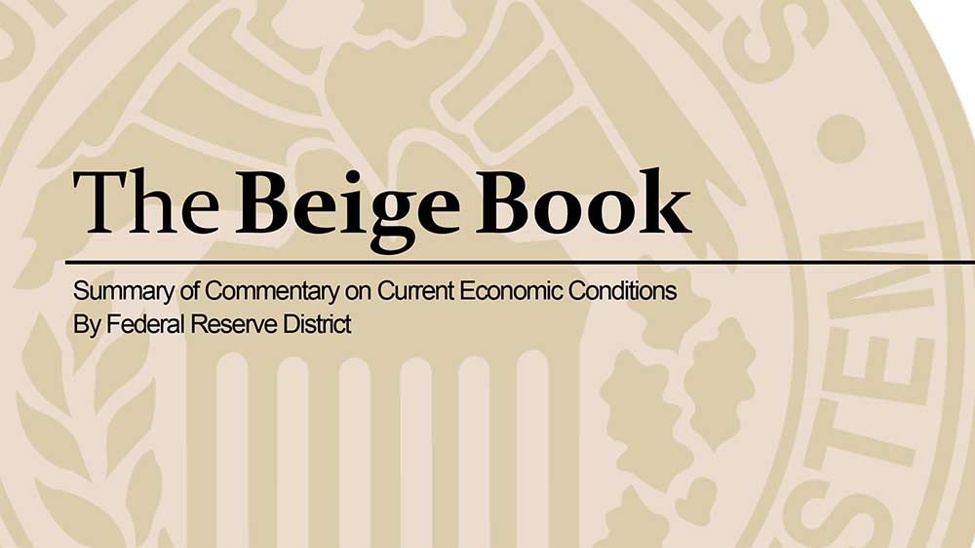Beige Book
The Federal Reserve’s latest Beige Book report paints a picture of an economy that’s treading water, with slight growth in some areas offset by declines in others. Economic activity grew slightly in three Districts, while nine reported flat or declining activity. Employment levels held steady overall, though some firms are becoming more selective in hiring amid economic uncertainty. Wage growth was modest, while price increases ranged from slight to moderate.
Consumer spending ticked down in most Districts, with auto sales showing mixed results. Manufacturing activity declined in most areas, continuing a trend of contraction in the sector. The housing market remained mixed, with softening home sales in many regions. Commercial real estate activity was also mixed.
Looking ahead, contacts generally expected economic activity to remain stable or improve somewhat in the coming months, though three Districts anticipated slight declines. The overall tone suggests an economy that’s losing some momentum but not dramatically weakening.
- The number of Districts that reported flat or
declining activity rose from five in the prior period to nine in the current period - Employment levels
were steady overall, though there were isolated reports that firms filled only necessary positions,
reduced hours and shifts, or lowered overall employment levels through attrition - Reports of
layoffs remained rare - Manufacturing activity declined in most Districts
- Most Districts’ reports indicated
softer home sales
Here is the commentary on labor markets:
Employment levels were generally flat to up slightly in recent weeks. Five Districts saw slight or
modest increases in overall headcounts, but a few Districts reported that firms reduced shifts and
hours, left advertised positions unfilled, or reduced headcounts through attrition—though
accounts of layoffs remained rare. Employers were more selective with their hires and less likely to
expand their workforces, citing concerns about demand and an uncertain economic outlook.
Accordingly, candidates faced increasing difficulties and longer times to secure a job. As competi-
tion for workers has eased and staff turnover has fallen, firms felt less pressure to increase
wages and salaries. On balance, wages rose at a modest pace, in line with the slowing trend
described in recent reports. Skilled tradespeople and other workers with specialized skills
remained in short supply and continued to see stronger wage increases, as did those in unions.















